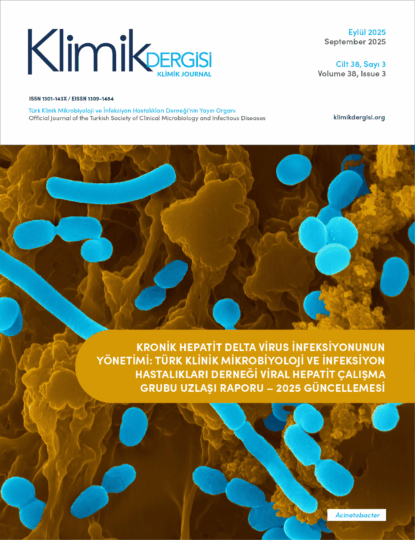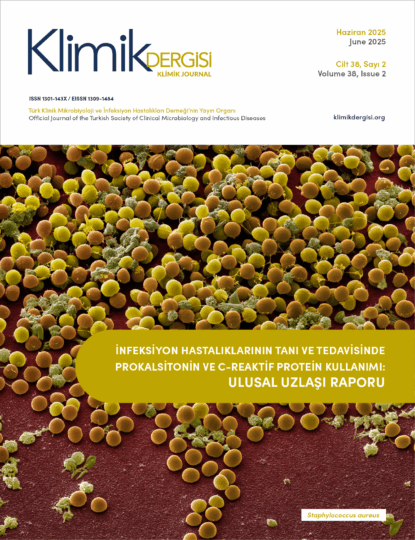Early Release / Consensus Report
Use of the BioFire® FilmArray® Pneumonia Plus Rapid Syndromic Multiplex PCR Assay in Pneumonia Patients – An Expert Opinion Report
Most Read
Abstract
A case of infective endocarditis (IE) presented with fatigue, low-grade fever, painful nodular lesions and intracranial haemorrhage and diagnosed after 16 months is reported. A 35-year-old woman without any previous disease was investigated at different medical departments during these 16 months. Despite the detection of an underlying valvular heart disease by echocardiography, the patient was thought to have vasculitis because of absence of vegetations and presence of autoantibodies including rheumatoid factor, perinuclear and cytoplasmic antineutrophil cytoplasmic antibodies. IE was suspected because of multiple cerebral mycotic aneurysms revealed in magnetic resonance imaging, and subsequent blood cultures yielded Gram-positive diphtheroid rods after three days of incubation. Although the organism was identified as Listeria sp. by biochemical identification tests, 16S rRNA analysis revealed that it was Streptococcus mutans. It is concluded that several autoantibodies could be positive in IE cases and vegetation could not be seen by echocardiography and S. mutans could be seen as diphtheroids in blood cultures.



































































































































